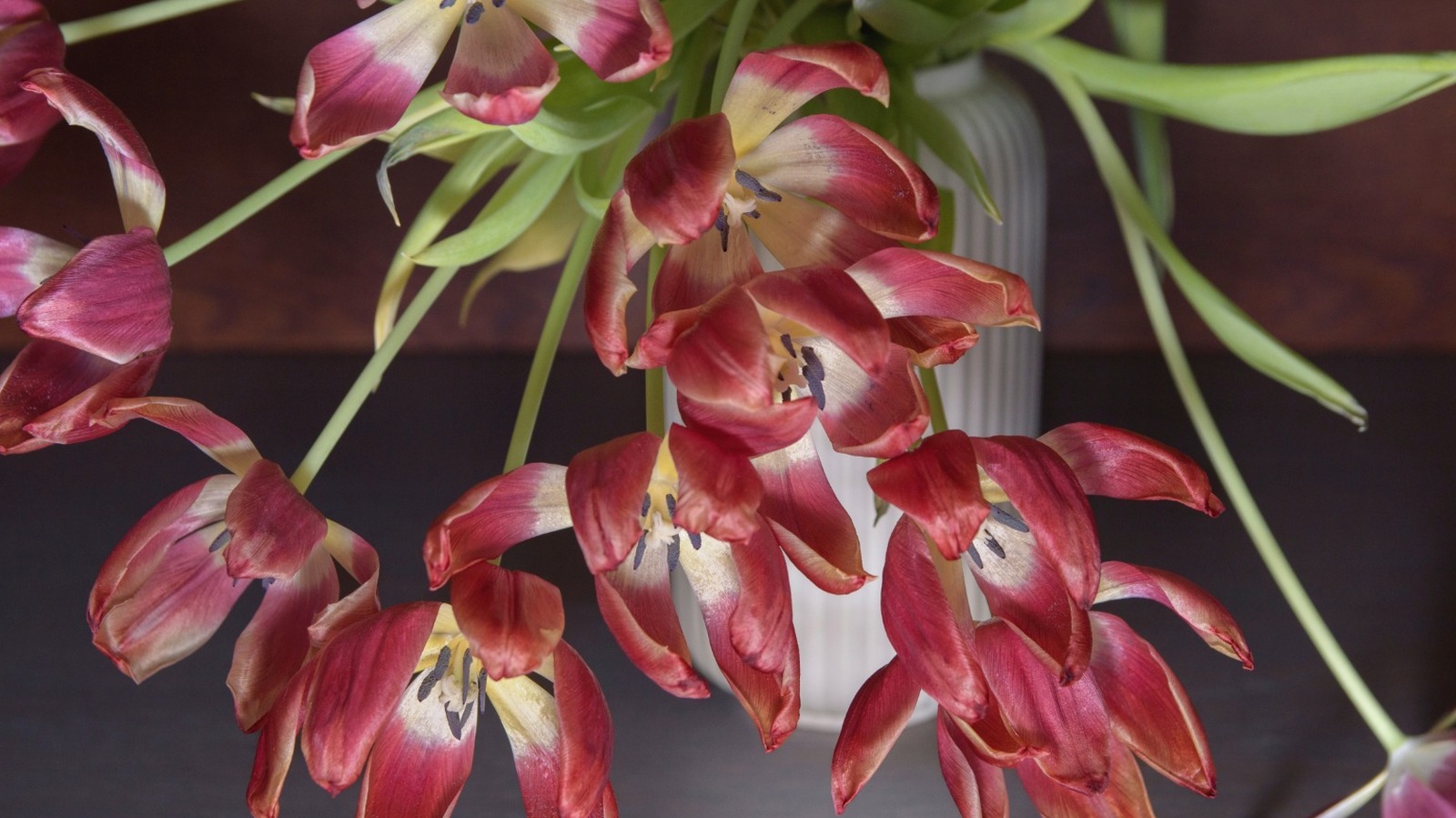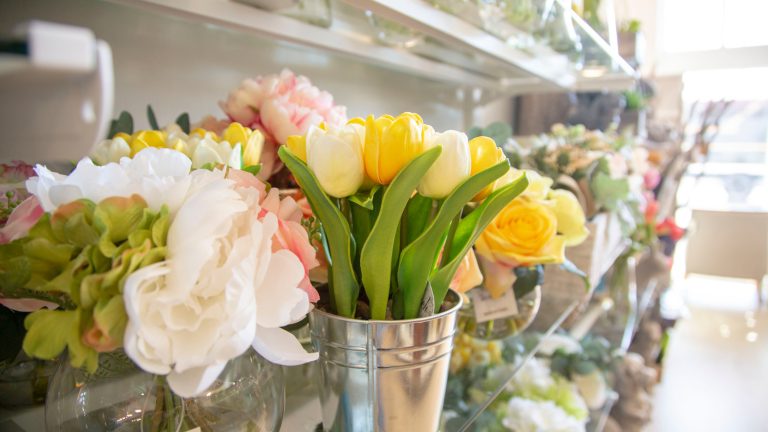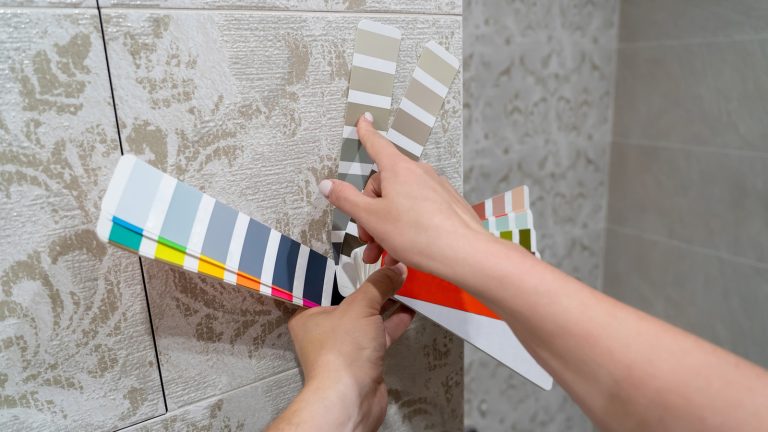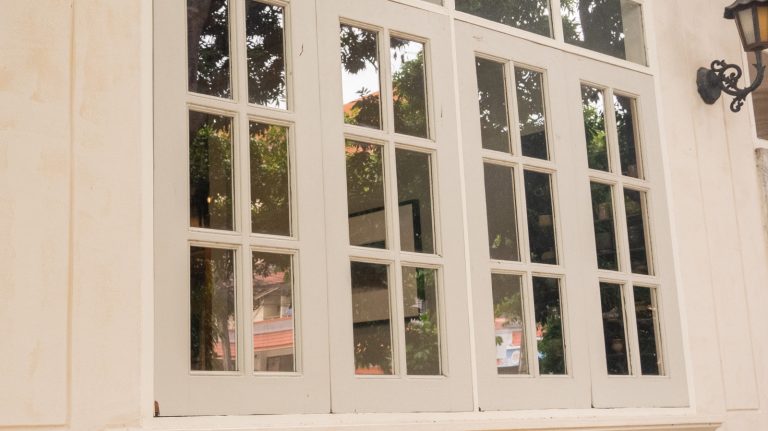
If you are planning to create a garden, it’s important to consider the purpose of the garden. Are you growing flowers to eat, decorate with, or maybe to attract pollinators? Another important question is whether you want to cut the flowers or just enjoy them in the garden. Not all flowers are ideal for cutting, as some may wilt quickly even with proper care. Factors like fragrance, pest attraction, vase life, and bloom time should all be considered.
If you have a particular fondness for certain flowers that may not be the best for cutting, don’t feel discouraged from planting them in your garden. Ultimately, your garden should bring you joy, so feel free to include these flowers as they can still add beauty to your garden. However, it’s good to be informed about their limitations before planting them.
Hydrangeas
Hydrangeas can last a while on the bush, but once cut, they require frequent water changes, leaf removal, and specific cutting techniques to maintain their appearance for up to two weeks. The color of hydrangeas can change based on soil pH, making them a bit unpredictable. If you’re determined to grow them, it’s helpful to be aware of common hydrangea care issues.
Poppies
Poppies are visually striking but wilt within two to four days of being cut. Their delicate petals can be easily damaged by weather, and they may not fully open, limiting their beauty. Poppies require protection from the elements to thrive in a vase.
Hibiscus
Hibiscus flowers last only a day once picked, but certain hybrid varieties may last up to a week. The vibrant blooms are best enjoyed while still attached to the plant, as they close completely by the end of the day once cut.
Magnolias
Magnolia flowers can last a few days once cut, but they require careful attention to prolong their vase life. Proper maintenance like frequent water changes, avoiding direct sunlight, and using plant food can extend their beauty. However, magnolias are best enjoyed on the tree for longevity.
Peonies
Peonies have a decent vase life, but they often attract ants due to their nectar. It’s important to wait for the blooms to fully mature before cutting to avoid bringing ants indoors. Consider planting alternative flowers with a similar appearance to peonies if you want to avoid this issue.
Daylilies
Daylilies only last a day once cut, unlike traditional lilies that can last a week. They are distinguishable by their multiple stems and layered petals. Daylilies are best left in the ground for optimal enjoyment.
Tulips
Tulips are beloved spring flowers but tend to droop and lose petals within a couple of days once cut. Their sap can affect the vase life of other flowers, so it’s best to enjoy tulips in the ground. Consider planting tulip look-alikes for longer-lasting cut arrangements.
Daffodils
Daffodils release sap that can be toxic to other flowers and clog their stems, shortening their vase life. Soaking daffodils in water before adding them to a vase can help mitigate this effect. Daffodils typically last five to seven days once cut.
Petunias
Petunias have vibrant colors but droop quickly once cut due to their heavy heads. They last four to six days in a vase and require support to maintain their appearance. Consider using a short vase to support the weight of the flowers.
Gardenias
Gardenias have a short vase life of about three days and can have a strong, overpowering scent. If you enjoy their fragrance, consider planting companion plants to balance out the smell.
Ranunculus
Ranunculus have stunning petals but only last three to seven days in a vase. They dry beautifully and can be enjoyed for several weeks if left in the ground. Plant ranunculus bulbs at the right time for optimal blossoms.
Cherry blossoms
Cherry blossoms have a short flowering period of about a week to 10 days, with the peak lasting only five to six days. While they can last up to two weeks in a vase, it’s best to enjoy them on the tree for maximum beauty. Consider planting a cherry tree to experience their fleeting beauty for longer.






